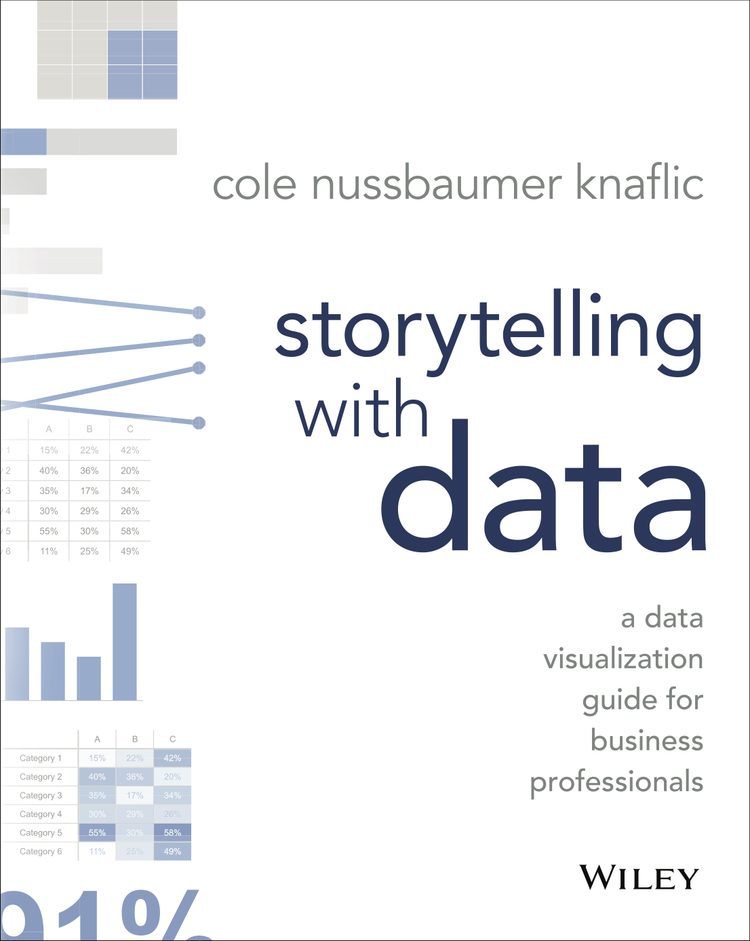This post answers the question – can you take a Tesla Model 3 on a multi-day ski trip from Seattle to Crystal Mountain and back without recharging? Even when:
- there are 4 people in the car
- fully loaded with ski gear and groceries for several days (though all packed inside — no extra drag from a rack)
- the cabin heat and seat heaters are running
- a nice crusty layer of frozen snow needs to be brushed/defrosted off the car before departing
- you’re staying overnight and the lows are in the teens and twenties, so the battery will be very cold when you head downhill, possibly limiting regen
I did stop and charge for a couple hours at a Blink station in Maple Valley on the way while we ate lunch at Original Pancake House and shopped for groceries at Fred Meyers. This took about 2:15, cost $4.10, and added 10.5 kWh or 13% battery capacity (aka State of Charge or SoC) — but it turns out I didn’t need the charge to make it round trip.
| Miles | Elevation 𝚫 feet | State of Charge (SoC) 𝚫 |
| Seattle – Maple Valley | 36 | +200 | -15% |
| Maple Valley – Crystal | 55 | +3857 | -33% |
| Sit for 3 nights | 0 | 0 | -9% |
| Defrost/preheat | 0 | 0 | -2% |
| Crystal – Enumclaw | 40 | -3624 | -3% |
| Enumclaw – Seattle | 50 | -479 | -18% |
| Total | 171 | | -80% |
Want more details? Here you go!
Depart Seattle, preheated on shore power, SOC95%.
Drove to Maple Valley: SOC 80% Usually 5mph over the limit. Cabin set to 68F, but no seat heaters the whole way out. Drove I5 to I405 to WA169.
Charged at the Blink station behind Fred Meyers in Maple Valley: SOC 93% Total charge time was about 2:15; ate brunch at Original Pancake House & grocery shopped. Added 10.5kWh for $4.10. Tesla trip navigation estimated Maple Valley to Crystal would leave us at 68% on arrival, and 61% back to start (in Maple Valley).
Arrived Crystal: SOC 60%. We kept boards & skis in the Tesla (with one of the rear seats folded down). This meant we’d unlock it at least twice a day, often using the app so I could unlock for my kids if they came back from the slopes at different times than I did, which of course wakes it from sleep. I did make sure the cabin heat didn’t automatically come on each time. Stayed for 3 nights, overnight temps between 14-28F.
Day 4 morning: SOC 51%. Preheated cabin while loading in and defrosting, brushing snow off. Also used heated seats + heated cabin to 68 for the whole drive back to Seattle.
Departed Crystal: SOC 49% – cold battery (snowflake) icon still on Road was bare and wet. Mostly went speed limit +5. Got plenty of regen coming down, the regen indicator line had dots for half its length, which sufficed to give enough regen that I hardly ever touched the brake pedal. At one point instant range estimated 999 miles. 🙂
Arrived Enumclaw: SOC 46% and had lunch at Jackson’s Pizza, which we love.
Drove back to Seattle: SOC 28% Once on I5, mostly 70mph.
So without the 13% recharge in Maple Valley on the way down, we still would’ve had 15% SOC remaining on the round trip. For our next day trip with no overnight loss to worry about, I probably wouldn’t even charge on the way (unless we wanted breakfast, in which case a combined charge/OPH stop sounds great). And once the Enumclaw supercharger gets built, there won’t be the slightest worry.
There you have it. Any questions?

















